Another Legend Told In The Museum of Bogo: Re-discovering the Historical Island of Capitancillo Through The Artwork of Ahmad Escolar

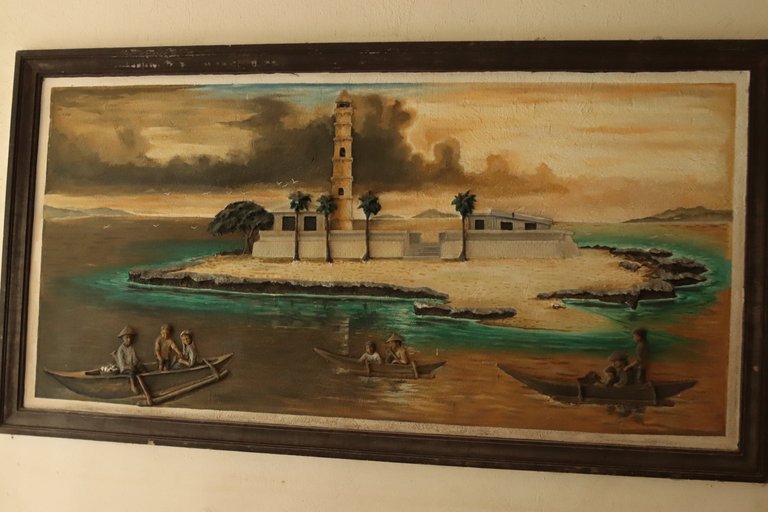
Capitancillo is a coral island found northeast of Bogo City, Cebu, right on the Camotes Sea. It is also spelled as Capitáncillo, meaning “little captain.” According to local legend, Capitancillo was once a Spanish ship owned by a man named Basillo who angered Datu Bugtopasan, a chieftain. In return, Datu cursed the ship and turned it into stone—now the islet we know as Capitancillo. I guess the name Captain Basillo framed the word Capitancillo or Kapitan Basillo. Well, that’s what the local legend says and what elders in the town storytell.

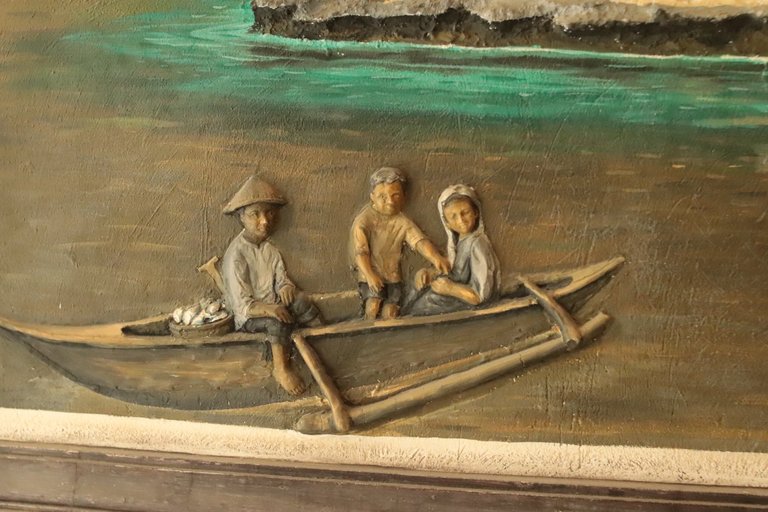
Historically, as found in the mural’s definition—made by Ahmad Escolar—the islet played a role during the Spanish and American colonial periods. A lighthouse was begun on the very land of Capitancillo in 1896 by the Maritime Program of the Spanish Government, but it remained unfinished as war between the Spanish and Americans broke out during those years. When the Americans finally took over the Philippine Islands, construction of the lighthouse in Capitancillo resumed under Edwin Link of the U.S. Army Corps of Engineers. Then a newer lighthouse was eventually completed in the mid-20th century.
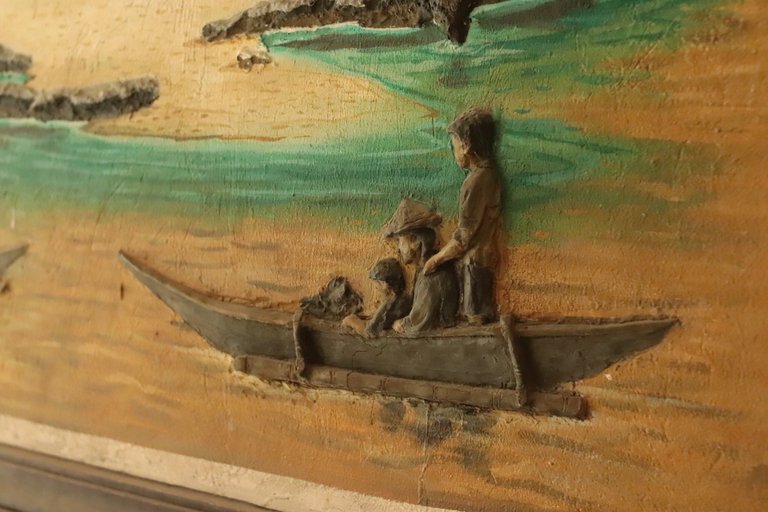

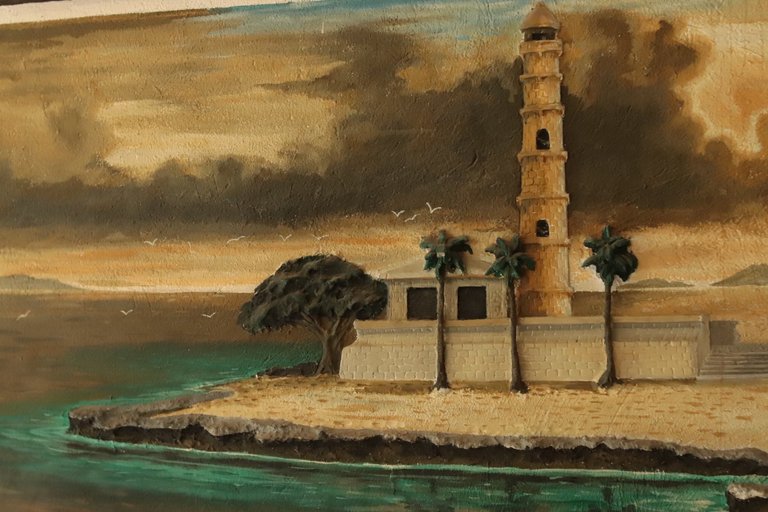
In the present, this islet is a popular tourist attraction developed by the Bogo City Tourism Council. It is especially popular among divers, as the seas surrounding it harbor an extraordinarily rich, diverse, and beautiful marine life. Picnic and diving facilities have been provided by the city government to encourage tourists to visit the place.


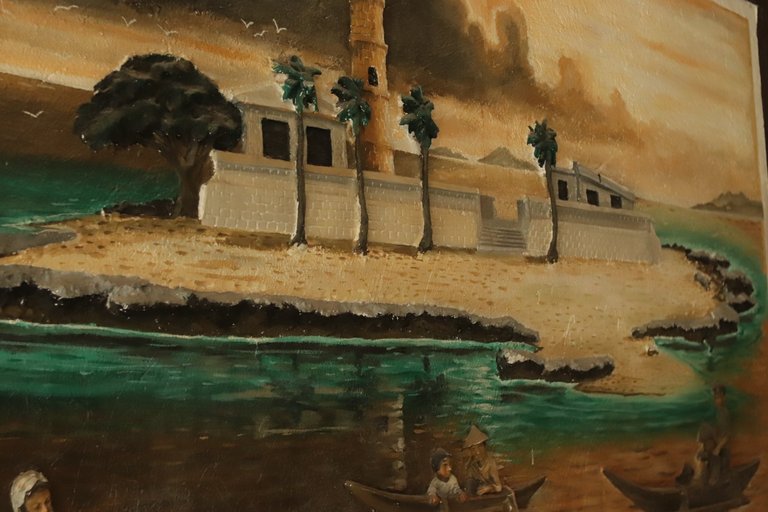
Capitancillo is one of Bogo’s most treasured tourist attractions, safeguarded for its clear blue waters, rich coral gardens, and diverse marine life—although uninhabited. It is developed by the Bogo City Tourism Council (BCTC), which commercialized the islet into an exciting place for divers and tourists looking for a peaceful escapade. The sea surrounding it represents the rich maritime heritage of the place, suitable for diving and other water activities. Picnics and clean roaming on the islet are also offered by the city government to promote the tourism of Capitancillo as well as to encourage tourists to visit this gem.
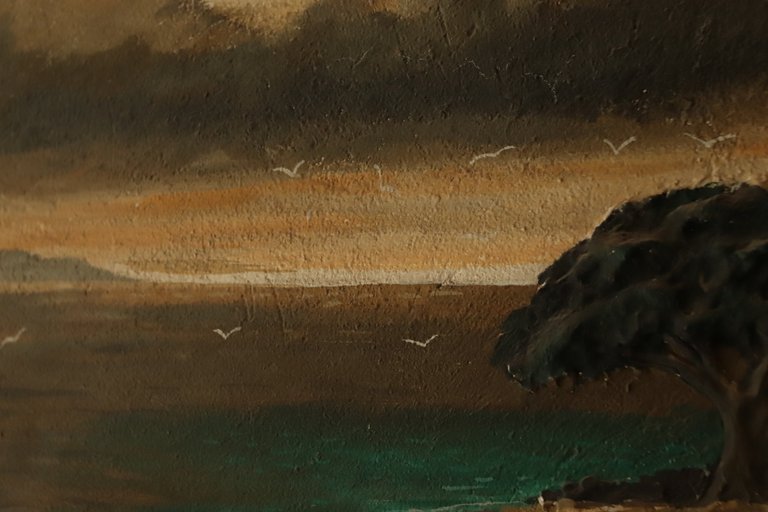


As Capitancillo is a protected marine sanctuary, it features three main diving sites, namely the Southwest Wall, Ormoc Shoal, and Nunez Shoal. This place’s main feature is its 80-foot lighthouse, which guides incoming ships to the Cebu Port even until now. Aside from that, it offers breathtaking underwater views of corals and tropical fish, with swimming and kayaking activities on the list. Ruins can also be found beside the lighthouse, which are gem constituents of the lighthouse itself.
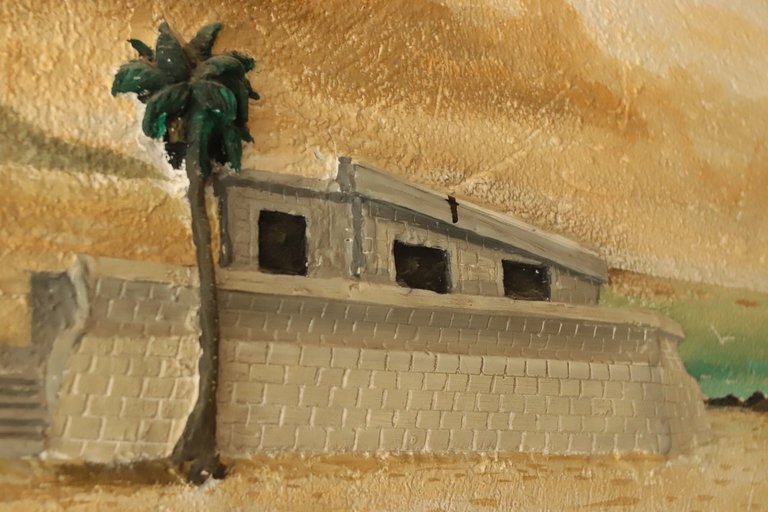

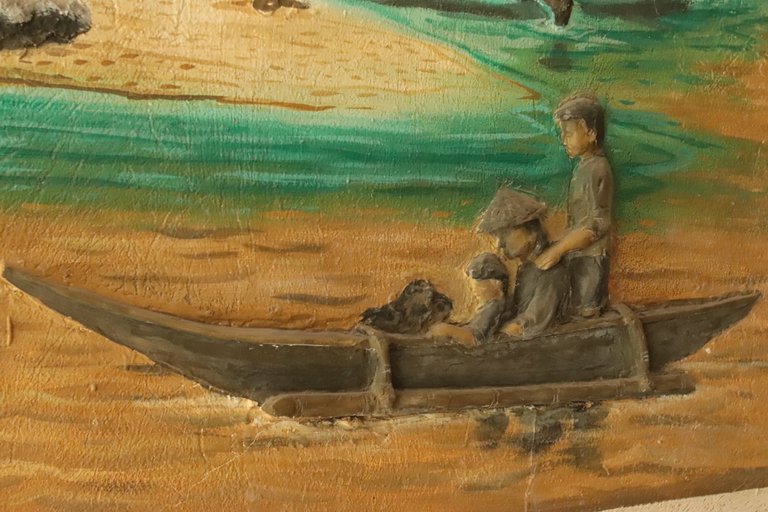
From my previous knowledge of this island’s transportation, tourists can rent a boat from Nailon or Polambato, some barangays in Bogo City, and the travel time ranges from 20 to 45 minutes. It is a good tourist spot, but I doubt there are facilities for accommodation on the islet, like rooms for staycation. It is a natural islet with sublime marine beauty, which the city government of Bogo is trying to improve when it comes to tourism.
What I am saying now are the stories or information about Capitancillo crafted on this wide frame on the wall of the Bogo Museum. Indeed, this museum gives relevance to the places that represent the whole city, may it be in legend or in truth. This artwork emphasizes the importance of the islet in our tourism, whose history preserves the history of the Philippines—becoming a landmark of hope and freedom.
After I took photos of this art, I immediately left the Bogo City Museum to wander around the Bogo Plaza again. There, I found a series of trees belonging to different species, which I will share soon. Historical and meaningful—that is how I could describe the experience as I transcended into the beauty of Capitancillo through the work of Ahmad Escolar, who brought new light to an iconic spotlight.


